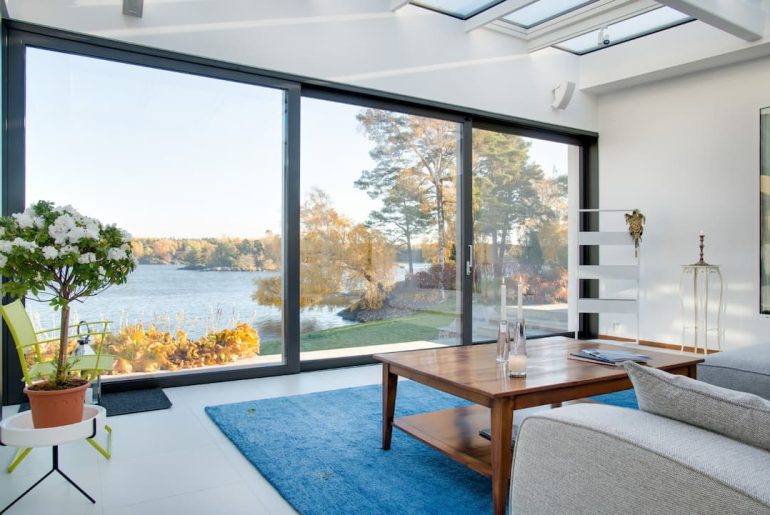Do you know that ‘less is more’ in architecture? That’s the idea behind minimalist architecture. It’s all about keeping things simple and functional while making a significant impact. Let’s explore what makes it unique.
What Is Minimalist Architecture?

It is designing buildings and spaces that celebrate simplicity and functionality. It’s like having a beautiful, clean canvas to work with. This style has become popular lately, and we’ll find out why.
Where Did It Come From?
It started in the middle of the 20th century as a reaction to fancy and overly decorated buildings from the past, like those Victorian ones. Architects like Ludwig Mies van der Rohe believed that “Less is More” which became the heart of minimalist design.
Key Features of Minimalist Architecture
Simplicity
This is the most important thing. Minimalist buildings have clean lines, simple shapes, and only a few colors. Inside, they are clutter-free and practical.
Space Matters
This architecture best uses space. They have open areas, big windows, and carefully placed furniture to make everything feel open and airy.
Materials
Architects choose materials that are strong and look good. Things like concrete, steel, glass, and wood are often used and are usually shown as they are, without fancy finishes.
Not Much Decor
You will only find a little decoration in minimalist buildings. Instead, the building itself is like a piece of art. Inside, a few simple pieces of furniture or art might fit the style.
Minimalist vs. Contemporary Architecture
Minimalist and contemporary architecture are different. Here’s how:
Minimalist Architecture
- Focuses on simplicity.
- Uses a limited color palette, often with neutral colors.
- Cares more about functionality than decorations.
- I Love natural light and open spaces.
- Often has a timeless look.
Contemporary Architecture
- I Like to try new things and be innovative.
- Can have many different looks, from minimalist to very unique.
- Sometimes experiments with unusual materials.
- Adapts to new needs and technology.
- Can use a wide range of colors.
Impact of Minimalist Architecture
It may seem simple, but it can have a significant impact. Keeping things clean and straightforward creates a peaceful and purposeful feeling. It lets people connect more with their surroundings and encourages mindfulness.
Also, it’s good for the environment. Oversized windows and clever design mean less need for lights and heating, which saves energy. The rugged materials used in minimalist buildings also make them last long, reducing their environmental impact.
Conclusion
It is all about simple, functional, and beautiful design. It started a while ago but still influences how buildings are made today. While it’s different from other styles, it shows that sometimes, keeping things simple can be the most beautiful architectural choice.






